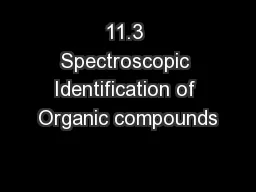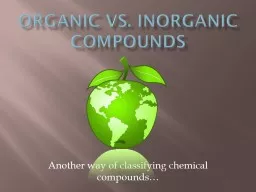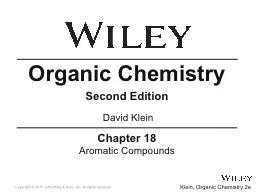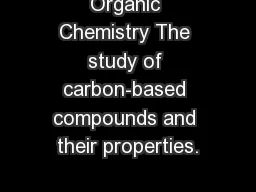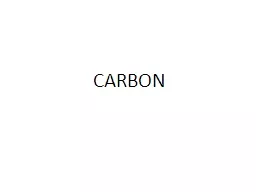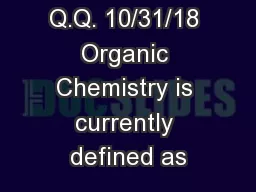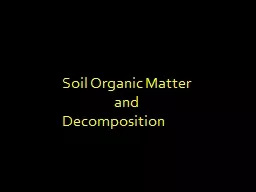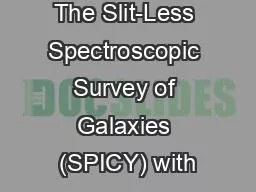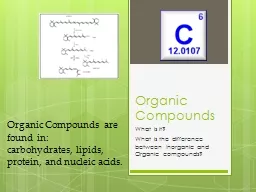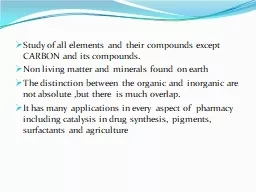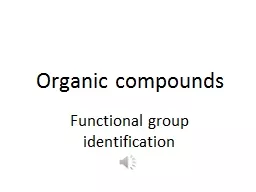PPT-11.3 Spectroscopic Identification of Organic compounds
Author : pamella-moone | Published Date : 2017-06-18
IHD IR Spectroscopy Mass Spectroscopy NMR Chapter 113211Spectroscopic identification of organic compounds 113 Analytical techniques can be used to determine the
Presentation Embed Code
Download Presentation
Download Presentation The PPT/PDF document "11.3 Spectroscopic Identification of Org..." is the property of its rightful owner. Permission is granted to download and print the materials on this website for personal, non-commercial use only, and to display it on your personal computer provided you do not modify the materials and that you retain all copyright notices contained in the materials. By downloading content from our website, you accept the terms of this agreement.
11.3 Spectroscopic Identification of Organic compounds: Transcript
Download Rules Of Document
"11.3 Spectroscopic Identification of Organic compounds"The content belongs to its owner. You may download and print it for personal use, without modification, and keep all copyright notices. By downloading, you agree to these terms.
Related Documents

